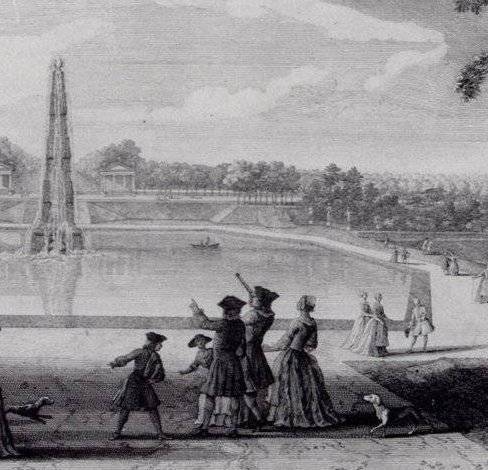Lost Treasures revisited – A potted guide book history
21 October 2015

We continue our look back at the Lost Treasures of Stowe campaign.
2015 update: A selection of the original guidebooks discussed in this post can now be seen in our Discovery Centre.
14 May 2012
Tourism at Stowe is not a modern phenomenon: tourists have been visiting the Gardens since the 1740s, and the House since the 1760s. For such occasions, the Temple-Grenville family commissioned Buckingham publisher Benton Seeley to write a series of guide books, of which there is nearly a full collection at Stowe House. They were sold in London and Buckingham, and also at New Inn – the visitor entrance to the estate (and recently home to the National Trust team).
These books are crucial in mapping out the developments in the House and Gardens, as well as tracing the movement of art work and furniture around the State Rooms. We have also used the course described in these books to develop an authentic visitor route around the House: the same route walked today was walked by visitors 200 years ago. Book in hand, visitors were able to fully appreciate Stowe’s splendour.
Each guide book had a fold-out map of the gardens, with later editions including floor plans of the piano nobile, or main floor, of the House.
The guide books can be found in libraries and archives across the country (indeed, the world) and also online. They are an incredibly useful tool for the Lost Treasures of Stowe project as art works are listed and furniture described in each of the state rooms. Their authenticity was verified a few years ago with the discovery of an annotated copy of a late edition complete with handwritten alterations in the hand of the Marquess of Buckingham.
And as if we needed any more proof that tourists enjoyed Stowe in the mid-seventeenth century, Jacques Rigaud, a French engraver, produced a series of images depicting the tourists doing what they do best: pointing.